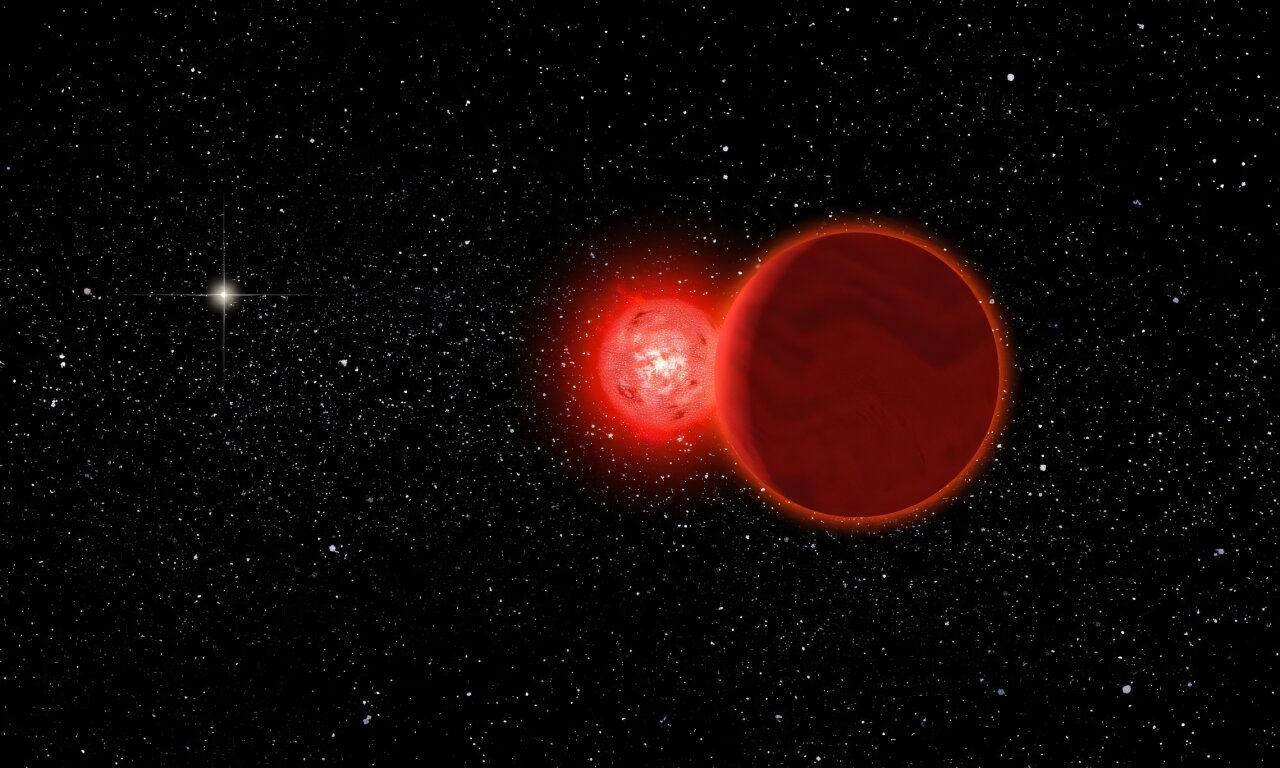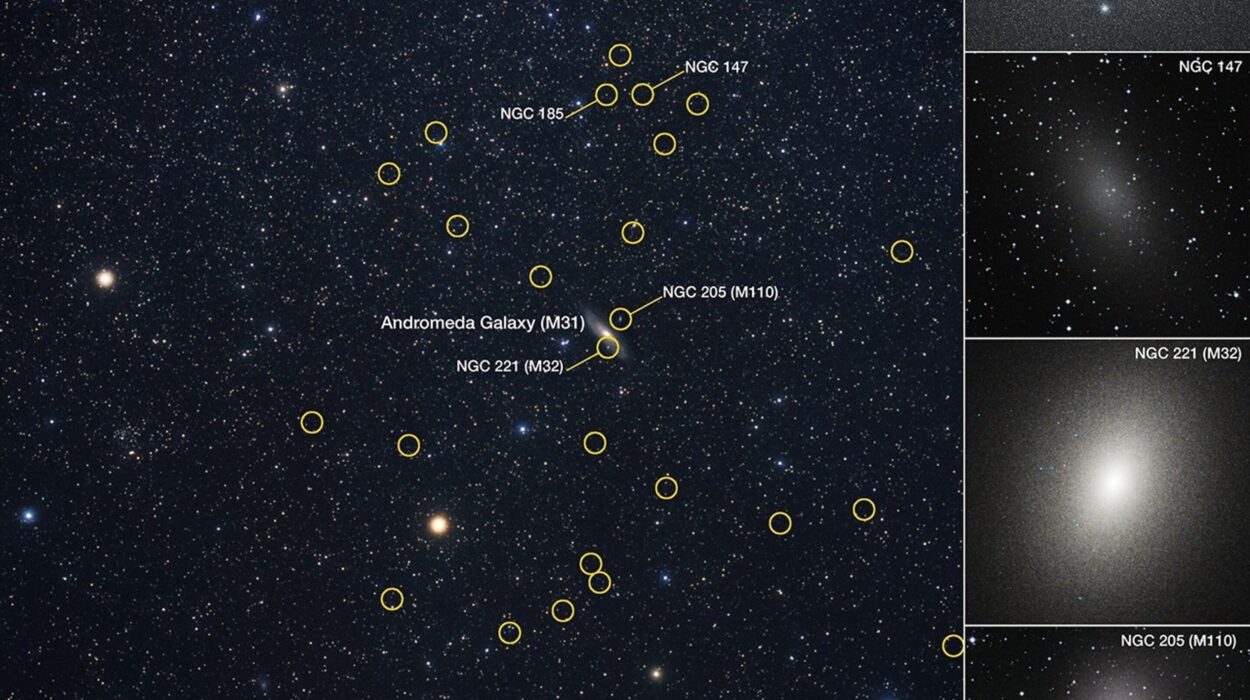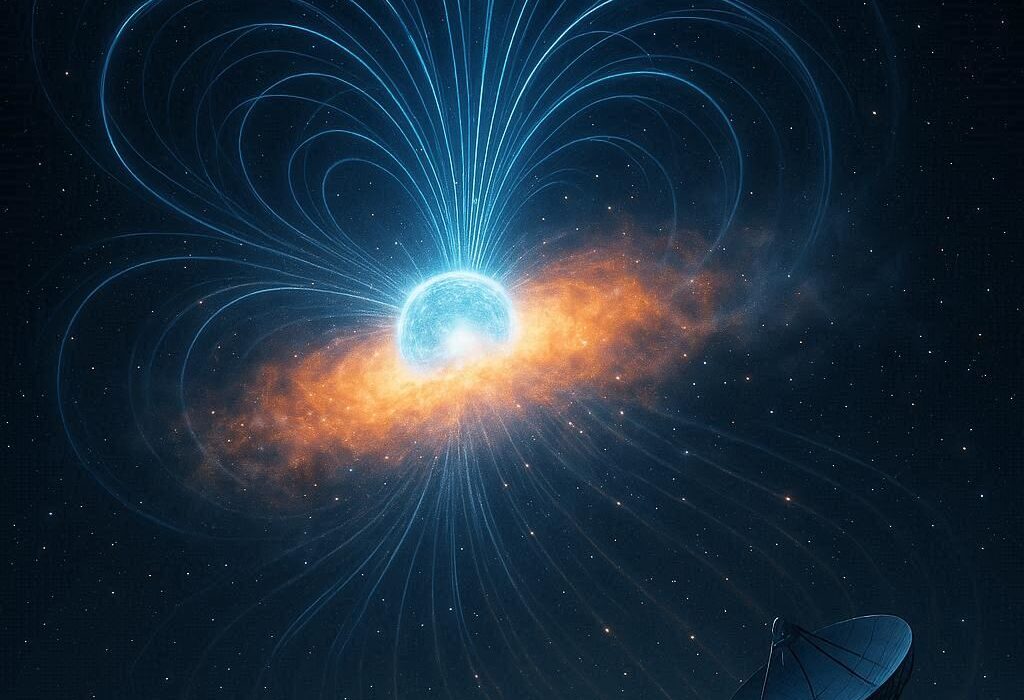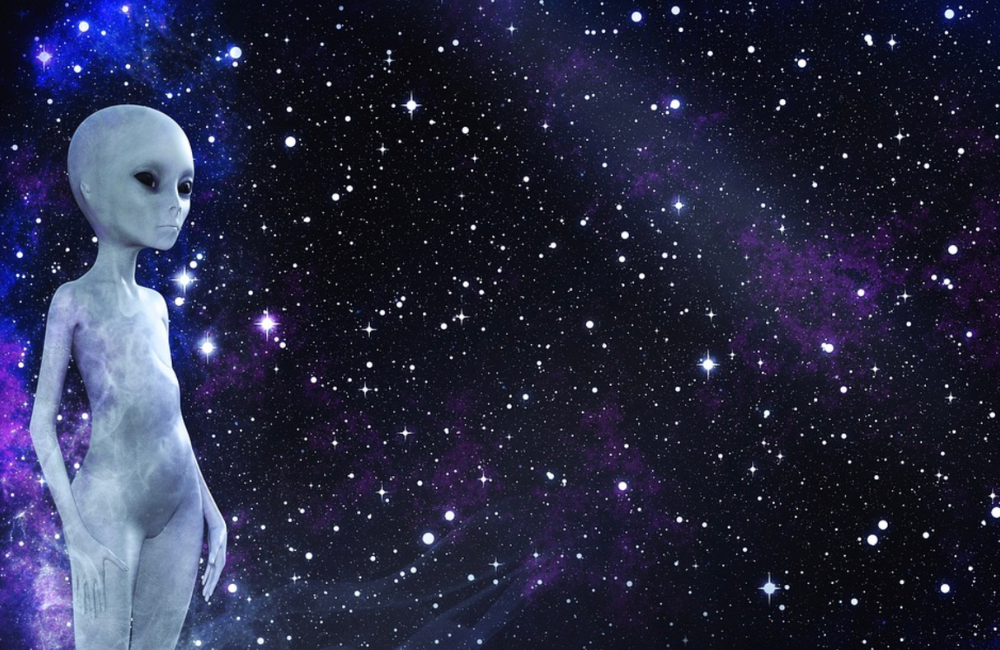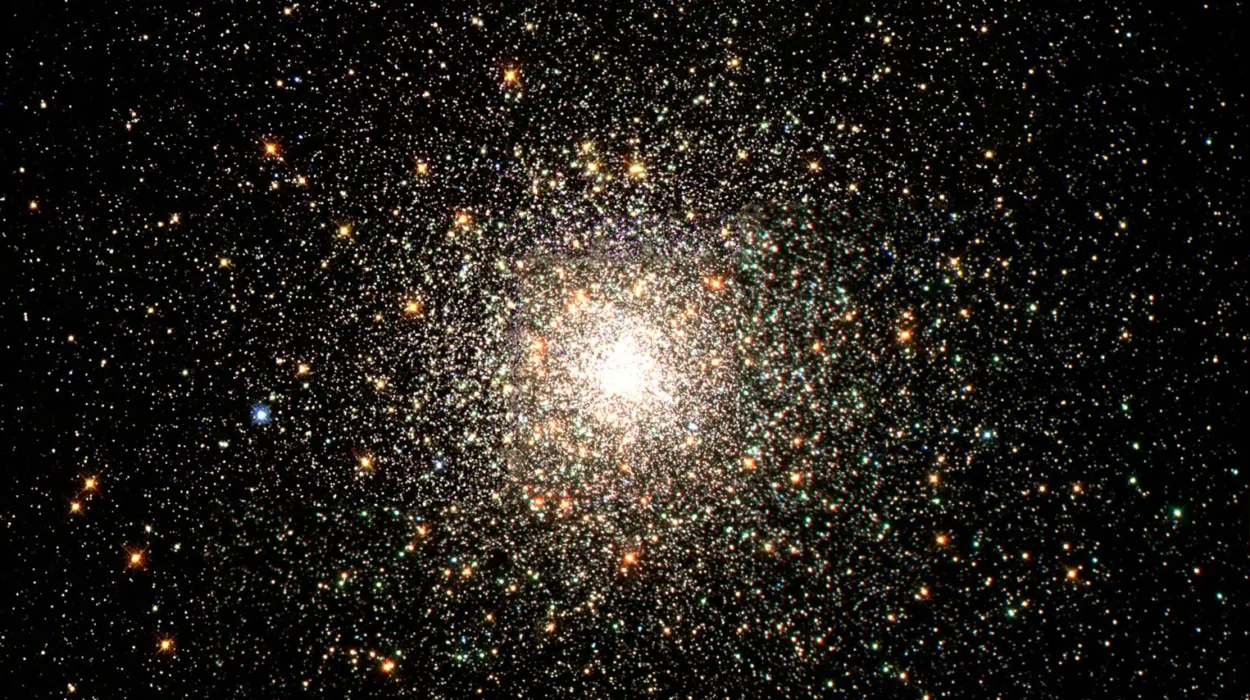The stars above us may seem like distant beacons in an unchanging night sky, but in reality, they’re in constant motion. Like dancers on an immense galactic stage, stars drift through the Milky Way—some quietly, others with the disruptive potential of cosmic wrecking balls.
So it’s not far-fetched to wonder: Could a wandering star have once passed close enough to our solar system to nudge Earth off balance, subtly altering its orbit and triggering massive climatic events?
This question has lingered in scientific circles for years. But now, a new study offers a striking answer: probably not.
Published in The Astrophysical Journal and currently available on the arXiv preprint server, the research—led by Richard Zeebe of the University of Hawaii and David Hernandez of Yale University—carefully analyzed 1,800 hypothetical stellar flybys using one of the most complete and sophisticated solar system models to date. Their conclusion was clear and counterintuitive: Even the closest stellar encounters had no measurable effect on Earth’s long-term climate over the past 56 million years.
A Universe in Motion
It’s easy to assume our solar system is a calm, self-contained system. Earth spins, the moon glows and fades, the sun rises and sets. But in the vastness of space, our planetary family is just one tight-knit cluster in a galaxy teeming with motion. Stars roam. Orbits wobble. And every so often, a star wanders close enough to graze the icy edge of our solar system—the Oort Cloud—a vast halo of frozen debris that extends trillions of miles from the sun.
The most famous of these close encounters happened just 70,000 years ago. That’s when Scholz’s star—a dim red dwarf—passed within a light-year of our solar system. It likely disturbed the Oort Cloud, possibly sending a slow-moving comet or two toward the inner planets. But if that happened, we won’t see the results for another few million years.
Such events are called stellar flybys. While rare in our quiet corner of the galaxy, they’re not unheard of. And some scientists have speculated they may have had dramatic consequences for Earth—perhaps even triggering extreme climate events like the Paleocene-Eocene Thermal Maximum, or PETM.
The PETM: Earth’s Ancient Fever
Roughly 56 million years ago, Earth experienced one of the most intense global warming events in its history. During the PETM, global temperatures soared by as much as 8°C (14°F). It was a climate catastrophe: massive carbon release into the oceans and atmosphere, the extinction of numerous marine species, and a profound reshaping of ecosystems. Tropical climates extended nearly to the poles, and early primates—including our ancestors—began to thrive.
Scientists still debate what caused the PETM. Hypotheses range from massive volcanic eruptions to undersea methane releases to comet impacts. In recent years, a more cosmic idea gained traction: perhaps a stellar flyby subtly disrupted the orbits of the solar system’s gas giants, which in turn gravitationally influenced Earth’s path around the sun, creating long-term climate consequences.
This theory, while tantalizing, was never universally accepted. And now, Zeebe and Hernandez’s study may have shut the door on it entirely.
Testing the Stellar Flyby Hypothesis
To test whether stellar flybys could alter Earth’s climate, the researchers ran 400 different simulations, modeling a total of 1,800 stellar encounters using randomized parameters. The stars varied in size, speed, and trajectory. Their model included not just the Earth and major planets, but also crucial influences that are often left out—like the gravitational tug of the moon and the subtle “J2” bulges of the Earth and sun.
Including such fine details matters. The moon, for example, stabilizes Earth’s axial tilt, preventing wild swings that could otherwise lead to extreme climate shifts. Earlier studies that did not include the moon—or used simplified solar system models—may have overestimated the impacts of passing stars.
“In contrast to Kaib and Raymond, we find no influence of passing stars on paleoclimate reconstructions over the past 56 million years,” the authors write, referencing a 2024 study that suggested such flybys could be influential.
According to Zeebe and Hernandez, those previous models may have failed to capture the full physics of the solar system. That omission matters, especially when studying delicate phenomena like orbital drift and climatic shifts over geologic timescales.
“Running accurate, state-of-the-art solar system models that include all known secondary effects is computationally expensive,” the authors explain. “As a result, long-term studies on gigayear timescales tend to be based on simplified solar system models, or the outer planets alone.”
But when all the complexity is accounted for—even extremely close stellar flybys fail to leave a mark on Earth’s paleoclimate record.
Future Flybys: What’s Next?
Of course, stellar flybys aren’t just ancient history. The next notable one is already on the calendar—roughly 1.3 million years from now.
That’s when the orange dwarf star Gliese 710 is expected to pass within 10,520 astronomical units of Earth—well inside the Oort Cloud. With an 86% chance of a direct cloud passage, it could stir up a swarm of comets, potentially sending icy projectiles into the inner solar system. Some scientists believe such a flyby could increase the risk of cometary impacts on Earth.
But when it comes to climate? Probably nothing will happen. At least, that’s the suggestion from the new study.
Even the most extreme flybys—those that graze the outer reaches of the solar system—appear unable to disturb Earth’s orbit enough to trigger long-term climate shifts. It’s a humbling reminder of how finely balanced our planetary system really is, and how much effort it takes to nudge it off course.
A Model of Precision
At the heart of the study is an increasingly important truth in modern science: the quality of a model matters as much as the data it uses.
Earth’s climate is a tapestry woven from countless threads—ocean currents, greenhouse gases, volcanic eruptions, solar cycles, orbital dynamics, and yes, even the gravitational push and pull of celestial neighbors. But isolating which threads matter, and which are noise, is a task that demands computational power, physical insight, and patience.
Zeebe and Hernandez’s study shows that when we build models that truly reflect the complexity of the solar system—including secondary forces like the moon’s tug and the quadrupole distortions of planetary masses—the cosmic picture becomes clearer.
And in that picture, Earth’s climate emerges as a more resilient system than we might have imagined. Influenced deeply by its internal dynamics, perhaps, but less vulnerable to the casual wanderings of distant stars.
The Bigger Picture
So if stellar flybys aren’t to blame for Earth’s ancient climate upheavals, what is?
That’s still an open question. But the answer likely lies closer to home—within Earth’s own geologic engines. Volcanism, plate tectonics, ocean circulation, and greenhouse gas cycles are the primary suspects. The skies above us may be in motion, but it’s Earth’s interior and atmosphere that hold the real levers of climate change.
Still, this doesn’t mean stellar flybys are irrelevant. They remain critical in shaping the outer solar system—jostling comets, tweaking distant orbits, and even, on rare occasion, triggering impacts that reshape planetary surfaces.
But as for Earth’s orbit and climate?
According to this new research, the verdict is in: the stars can pass by, but our world stays steady—its course held fast by the subtle, intricate ballet of gravity and time.
Reference: Richard E. Zeebe et al, No influence of passing stars on paleoclimate reconstructions over the past 56 million years, arXiv (2025). DOI: 10.48550/arxiv.2506.10158
